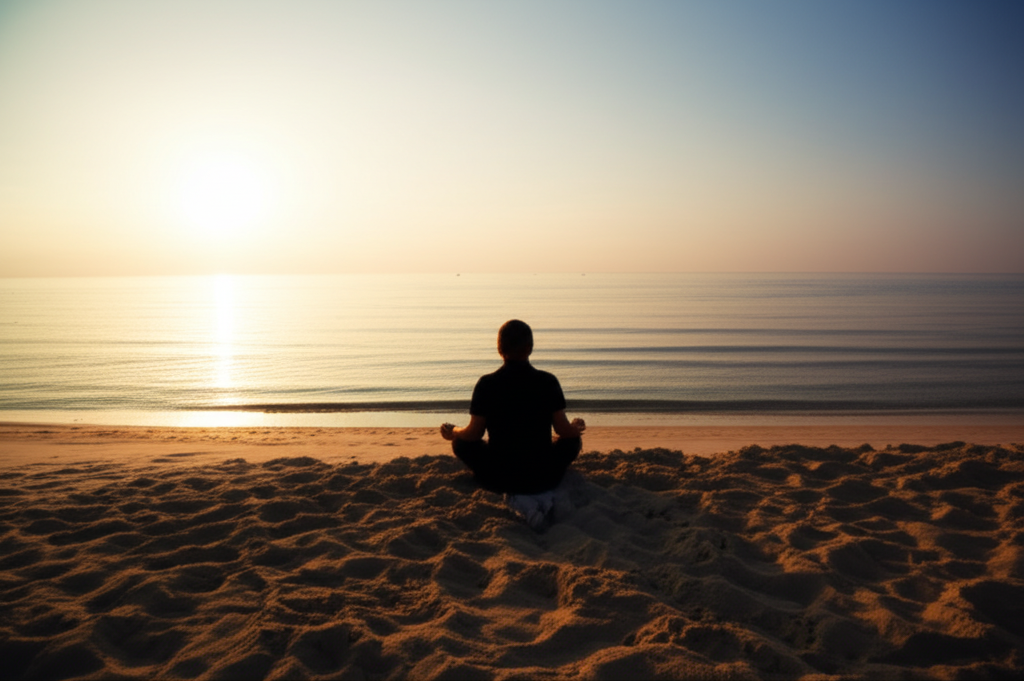Digital Minimalism: Decluttering Your Digital Life
In our hyper-connected world, digital clutter—the accumulation of unused apps, overwhelming notifications, and endless streams of information—silently drains our energy and focus. Digital minimalism isn't about abandoning technology altogether; it's a conscious strategy to reclaim your time and attention by intentionally curating your digital environment. It's about choosing what adds value to your life and discarding the rest.
The first step towards a minimalist digital life is a thorough audit. Identify every app, subscription, and online account you use. Honestly assess how much value each contributes to your daily life. Ask yourself: Does this app truly enhance my well-being, or does it simply distract me?
After your audit, begin the decluttering process. Uninstall unused apps, cancel unnecessary subscriptions, and unsubscribe from irrelevant email lists. This act of intentional removal creates mental space and reduces the constant barrage of digital stimuli. Don't be afraid to be ruthless; less is truly more.
Consider implementing "digital sabbaths" or technology-free periods. These dedicated times, even if just an hour each day, allow you to disconnect and reconnect with yourself and your surroundings. This deliberate break helps you regain perspective and reduces dependence on constant connectivity.
Beyond decluttering, prioritize mindful technology use. Set boundaries around your digital consumption. For example, designate specific times for checking emails or social media, rather than passively scrolling throughout the day. This deliberate approach prevents technology from dictating your schedule.
Further enhancing your digital minimalism practice includes customizing notification settings. Turn off non-essential notifications for apps and social media platforms. This reduces interruptions and allows for greater concentration on the task at hand. A quiet phone is a peaceful mind.
Finally, embrace intentional engagement. Choose quality over quantity when it comes to your digital interactions. Engage meaningfully with a few select apps and websites rather than superficially browsing many. This fosters deeper connections and reduces the feeling of being overwhelmed.
By consciously curating your digital world, you'll not only experience reduced stress and improved focus but also rediscover a more authentic and meaningful connection with yourself and those around you. Digital minimalism is an ongoing process, not a destination. Regularly reassess your digital habits and make adjustments as needed to maintain a balanced and fulfilling relationship with technology.











